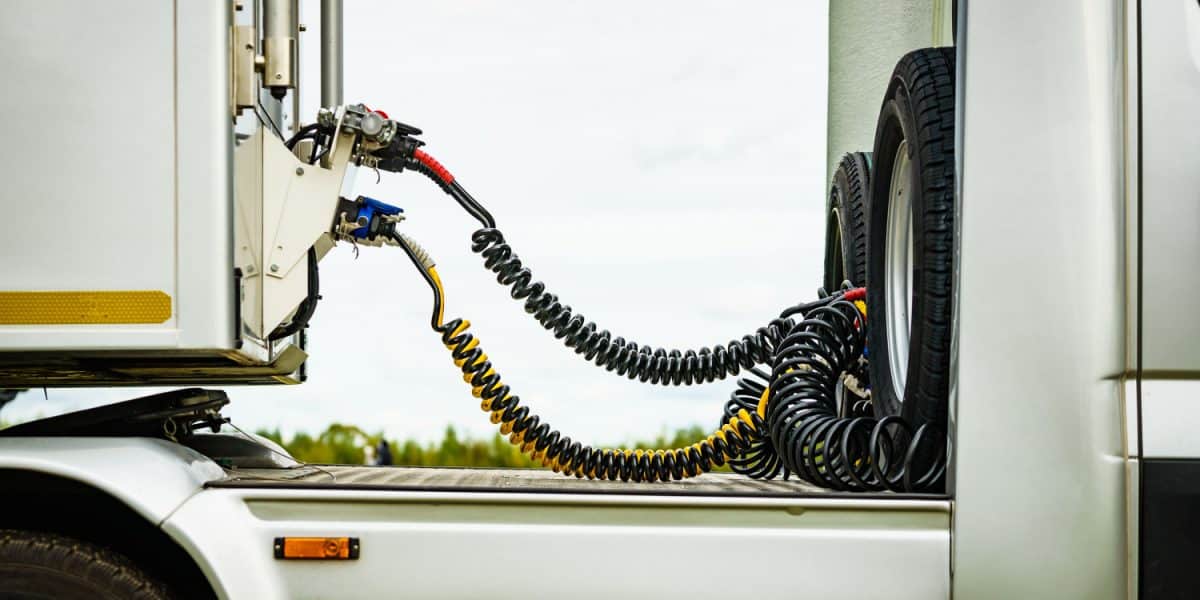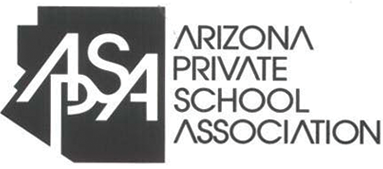Road safety is crucial for the trucking industry. Accountability from a higher authority helps the industry ensure better road safety by establishing programs. One program that helps keep the trucking industry safe is the CSA program. In this article, we will define CSA scores, cover the seven categories that determine these scores, and explore the benefits of a good score.
The Federal Motor Carrier Safety Administration (FMCSA) created the Compliance, Safety, and Accountability (CSA) program to monitor the safety performance of commercial vehicles and the companies that operate them. The CSA score is a numerical rating ranging from 0 to 100 that reflects the safety performance of a vehicle, driver, or carrier company. This program acts as an accountability check to ensure companies follow the best safety practices.
How is a CSA Score Determined?
The CSA score is based on seven categories, which are known as the “BASICs”:
- Unsafe Driving: Violations related to speeding, reckless driving, and other dangerous behavior behind the wheel.
- Hours of Service: Violations related to the time a driver is allowed to operate their vehicle.
- Vehicle Maintenance: Violations related to the vehicle’s condition, such as worn tires or improper load securement.
- Driver Fitness: Violations related to a driver’s physical and mental health, including drug and alcohol testing.
- Hazardous Materials: Violations related to the transport of hazardous materials, such as improper labeling or inadequate safety measures.
- Crash Indicator: An individual driver’s crash record.
- Safety Management: Violations related to a company’s safety policies and procedures.
The CSA score is calculated based on the number of violations in each of the seven categories and their severity. The higher the number of violations in a category, the higher the CSA score. A higher CSA score indicates a higher risk for the carrier, and a lower CSA score shows that the company is operating safely.
Benefits of a Good CSA Score
The CSA score is a tool for evaluating a trucking company’s safety performance. It can help customers choose which carrier to work with and assist carriers in improving their safety performance by identifying areas of improvement. Ultimately, the CSA score can help ensure the trucking industry is safe for everyone on the road.
Some benefits of a good CSA score include:
Safe Trucking Operation
First and foremost, a good CSA score is indicative of a safe trucking operation. A low CSA score shows the trucking company adheres to the FMCSA’s safety regulations. This score helps ensure that the trucking company and its drivers are following the rules and regulations, making the roads safer for all drivers.
Improve Reputation
In addition to safety, a good CSA score can also improve the reputation of the trucking company. A low CSA score indicates to customers, shippers, and other industry players that the trucking company is reliable and responsible. This indication can lead to increased business opportunities, as customers and shippers are more likely to do business with a company known for its safety record.
Save Money
Finally, a good CSA score can also save money. Companies with lower CSA scores are often eligible for discounts on their insurance premiums, as they are considered less risky to work with. These discounts save trucking companies a significant amount of money in the long run.
Learn Safe Driving Practices at HDS
We provide high-quality commercial driver’s license (CDL) training at HDS Truck Driving Institute (HDS truck driving school). Our experienced instructors will help you learn the basics of safe trucking, while our job placement assistance team can help you find opportunities to match your goals and desires.




















